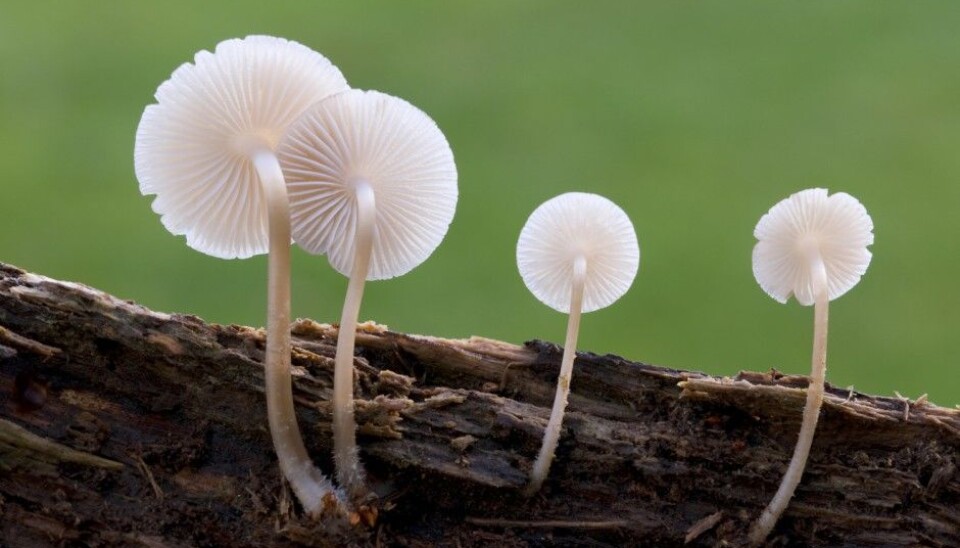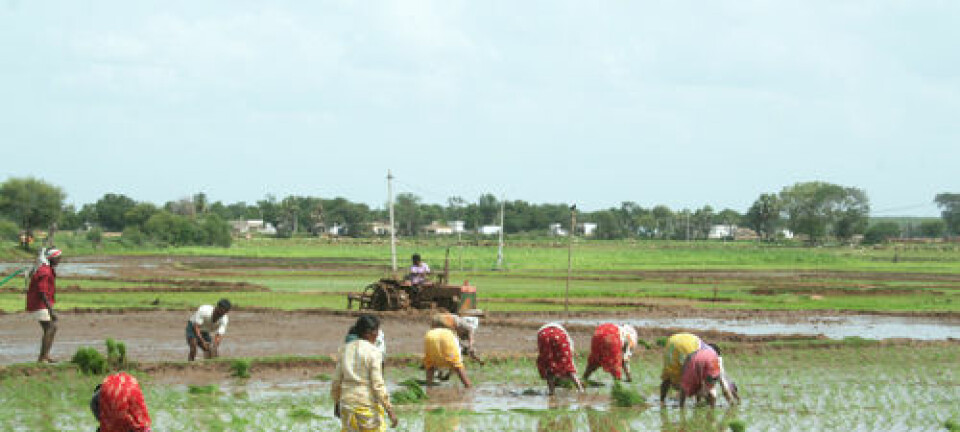
Time to rethink how fungi and bacteria impact the climate
A Swedish and US researcher think climate models have to be revised. A Norwegian expert has doubts about that.
Denne artikkelen er over ti år gammel og kan inneholde utdatert informasjon.
The researchers think they have found fault with traditional basic understandings about the way microbes and fungi break down rotting and withering vegetation to CO2 and nutrients.
The traditional understanding is that high quality organic materials ― such as leaves which have plenty of soluble sugars ― are primarily decomposed by bacteria. Material with lower quality carbon, such as the cellulose and lignin in trees and shrubs, is thought to be mainly decomposed by fungi.
The two researchers think these assumptions are wrong.
Just the opposite
“In contrast with expectations, there was no evidence that high quality organic material was mainly broken down by bacteria. In fact, the data strongly suggested the contrary,” says Johannes Rousk, researcher in Microbial Ecology at Lund University in Sweden.
Rousk also thinks another traditional understanding is wrong ― that bacterial-driven decomposition releases more CO2 and nutrients into the environment than fungal activity.
“There was also no evidence to suggest that organic material broken down by fungi reduced the leakage of carbon dioxide into the atmosphere, or the leakage of nutrients. Once again, the results tended to suggest the contrary,” says Johannes Rousk.
The study involved cooperation between Sweden’s Lund University and the University of New Hampshire in the USA, using data collected in a 23-year period in Massachusetts. The results have been published in the journal Ecological Monographs.
The researchers think the findings change the basic understanding of how microorganisms break down carbon and nutrients in the soil and this can strongly impact the development of climate models that use microorganisms in their estimations of future climate conditions.
Climate models never got that far
Lars Bakken of the Norwegian University of Life Sciences thinks the discovery is fascinating, but the researchers are off the mark when they claim that it will have large consequences for the development of climate models.
“This is a compelling and thorough study which deserves attention, and it will get it. However, the authors present it as revolutionary, which is a slight exaggeration. It’s more of a cancellation of a revolution that hasn’t occurred yet. To my knowledge, no climate models have explicitly included simulations of fungi and bacteria in the soil. Such detailed modelling has never gone beyond small-scale studies,” says Bakken.
Bakken stresses that current climate models are enormous simplifications of the processes and phenomena that steer the climate.
“Such simplifications are completely legitimate, even though they make all researchers wince if they work at a more detailed level,” he says.
Bakken predicts the new study should be something of a letdown for people who have argued for more complicated climate models which differentiate between fauna decomposition done by fungi and decomposition done by bacteria.
“This is good news for climate researchers. They can continue to cultivate their ignorance of microbial ecology and physiology. But it’s bad news for ecologists, who for a while thought ‘something wonderful is gonna happen’ — and that microbiology would play a key role in climate models,” says Bakken.
-------------------------------------
Read the Norwegian version of this article at forskning.no
Translated by: Glenn Ostling



































